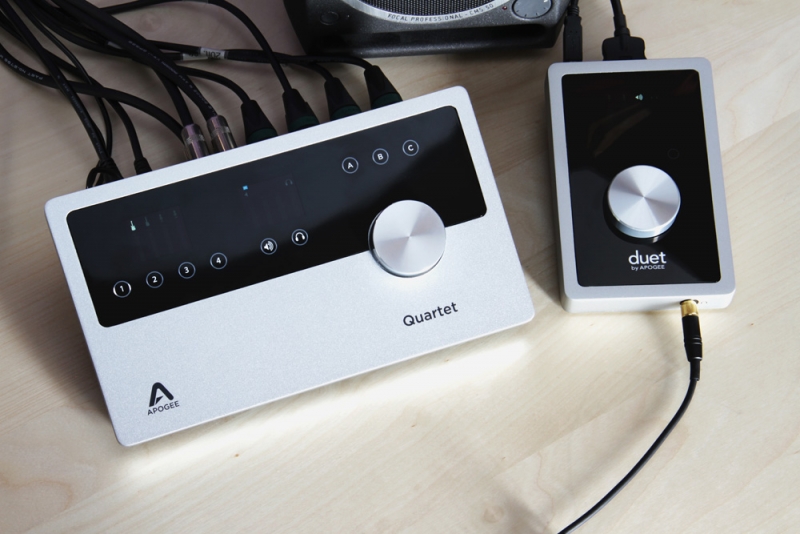Justin Kahn
Posts: 752 +6

While I guess some people don't use audio interfaces at all, especially with a laptop on the go or something of that nature, I find them to be an essential part of my home desktop set-up. Personally I like to have all the annoying cables and wires connecting my speakers, keyboards, headphones and other devices as hidden as possible, never mind having to manually attach and un-attach them. Even those with a set-up as clean and simple as a set of speakers and say a pair of headphones, can really benefit from a nice desktop-friendly audio interface to quickly and easily route audio to various destinations from their computer.
I like the Apogee units (but mostly because I also use my interface for audio recording, in which Apogee makes some pretty amazing sounding digital converters), but there are also some great lower priced options out there I've used/tried as well. The Focusrite Scarlett boxes are a good option in my opinion for the price and even the Avid machines for those looking to get a starter recording software package bundled in.
So for this week's open forum, we want to know your thoughts on audio interfaces and some of the devices you use to handle audio out of your computer. Do you use any kind of an audio interface at all? If so, which is your favorite and why? Or do you always use headphones and the internal speaker? Maybe a Bluetooth option?